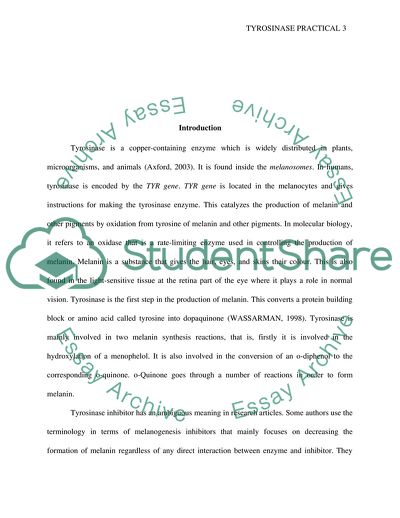Cite this document
(Features of Forensic Science: Tyrosinase Practical Research Proposal, n.d.)
Features of Forensic Science: Tyrosinase Practical Research Proposal. Retrieved from https://studentshare.org/health-sciences-medicine/1807488-forensic-science-tyrosinase-practical
Features of Forensic Science: Tyrosinase Practical Research Proposal. Retrieved from https://studentshare.org/health-sciences-medicine/1807488-forensic-science-tyrosinase-practical
(Features of Forensic Science: Tyrosinase Practical Research Proposal)
Features of Forensic Science: Tyrosinase Practical Research Proposal. https://studentshare.org/health-sciences-medicine/1807488-forensic-science-tyrosinase-practical.
Features of Forensic Science: Tyrosinase Practical Research Proposal. https://studentshare.org/health-sciences-medicine/1807488-forensic-science-tyrosinase-practical.
“Features of Forensic Science: Tyrosinase Practical Research Proposal”. https://studentshare.org/health-sciences-medicine/1807488-forensic-science-tyrosinase-practical.


